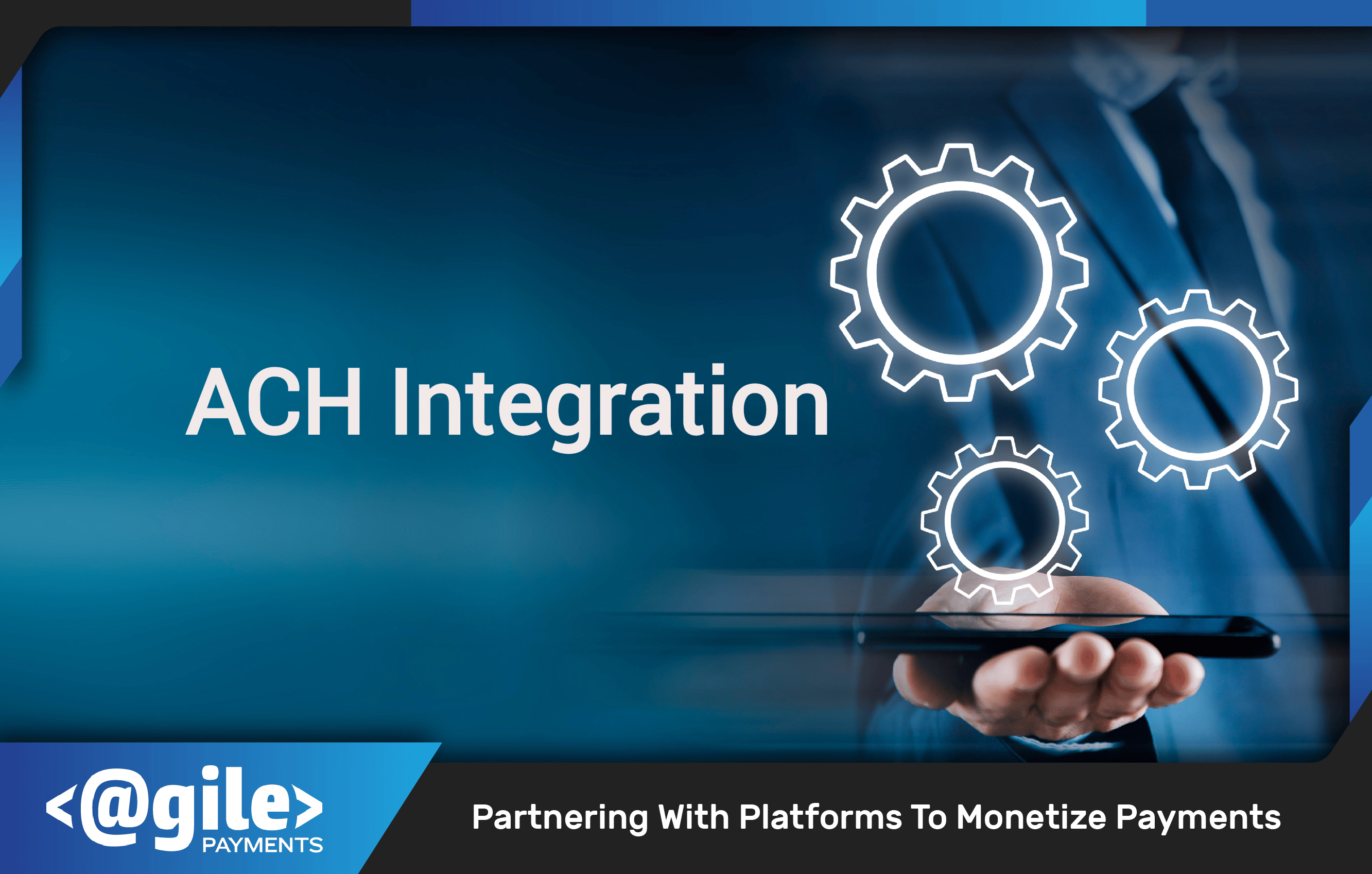Skip to contentautomated clearing house, customer, bank account, direct deposit, fee, ach network, debit card, nacha, payment processor, payroll, cash, payment system, accounting software, clearing house, payment card, merchant services, point of sale, fraud, merchant account, credit, invoice, risk, financial institution, accounts receivable, electronic funds transfer, automation, clearing, payment card industry data security standard, vendor, cash flow, wire transfer, ach solutions, check processing, ach payment processing, payment processing, online payment processing, ach payment fees, ach processing, ach processor, credit card processing, ach solution, consumer, contract, option, gocardless, fintech, regulatory compliance, customer service, tokenization, apple pay, encryption, efficiency, online banking, payment gateway, flat rate, expense, accounting, credit union, instant payment, price, federal reserve, leverage, emv, mobile device, customer support, innovation, direct debit, payment card industry, organization, mobile payment, knowledge, rest, authentication, software as a service, software development kit, interface, sandbox, ach direct debit, accepting ach payments, ach debit payments, ach apis, ach api, ach direct, ach payment api, ach transfer api, client, application software, string, originating depository financial institution, webhook, risk management, analytics, web service, php, transfer payment, online marketplace, bank statement, digital wallet, gateway, workflow, internal revenue service, know your customer, user, revenue, mass, upload, end user, database, wire, credential, api key, process ach payments, parameter, communication


